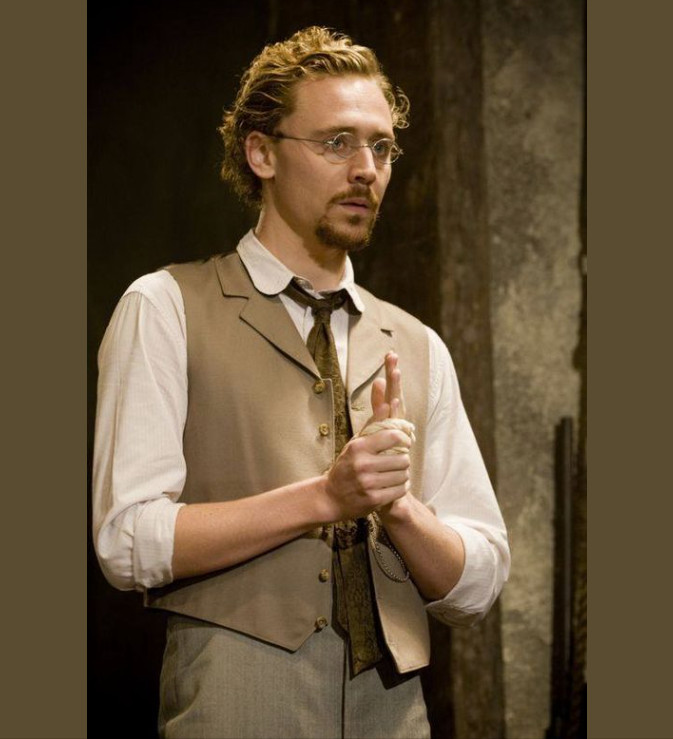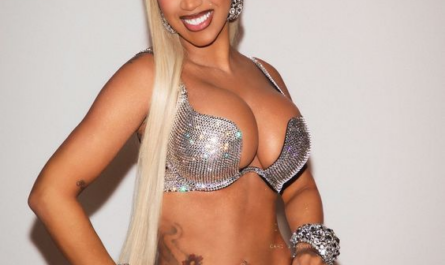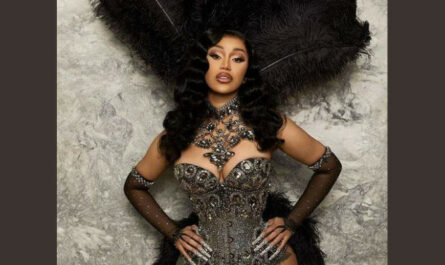Tom Hiddleston’s career is a testament to the transformative power of acting, with his portrayal of diverse and often complex characters leaving an indelible mark on popular culture. From his iconic role as Loki in the Marvel Cinematic Universe to his portrayal of literary and historical figures, Hiddleston has consistently challenged stereotypes, sparked conversations, and inspired audiences worldwide. In this comprehensive exploration, we delve into the multifaceted impact of Hiddleston’s career, examining key examples that showcase his versatility and cultural significance.
Loki and the Anti-Hero Trope: Redefining Villainy
Hiddleston’s portrayal of Loki in the Marvel Cinematic Universe stands as a seminal example of redefining the traditional notions of villainy. Initially introduced as a cunning and malevolent antagonist, Loki’s character arc evolved over multiple films, showcasing layers of complexity and vulnerability. Audiences were drawn to his charismatic yet flawed persona, blurring the lines between hero and villain and prompting introspection on themes of redemption and forgiveness. Hiddleston’s nuanced performance breathed life into the anti-hero trope, establishing Loki as a fan-favorite character known for his wit, charm, and inner turmoil.
Challenging Gender Stereotypes: The Night Manager and Crimson Peak
In projects like “The Night Manager” and “Crimson Peak,” Hiddleston demonstrated a willingness to explore characters that defy traditional gender stereotypes. As Jonathan Pine in “The Night Manager,” he portrayed a nuanced blend of strength and sensitivity, subverting expectations of male protagonists in espionage thrillers. Similarly, his portrayal of Thomas Sharpe in “Crimson Peak” showcased vulnerability and emotional depth, challenging the archetype of the stoic leading man. Through these performances, Hiddleston sparked conversations about toxic masculinity and encouraged audiences to embrace more nuanced portrayals of masculinity in media.
Championing Literary Icons: Bringing History to Life
Hiddleston’s versatility as an actor shines in his portrayals of historical and literary figures, breathing new life into iconic characters. From his portrayal of F. Scott Fitzgerald in “Midnight in Paris” to his depiction of Hank Williams in “I Saw the Light,” Hiddleston captured the essence of these cultural icons with authenticity and depth. His performances not only introduced these figures to new audiences but also sparked renewed interest in their work, fostering discussions about their enduring cultural significance.
Promoting Inclusivity and Representation: Embracing Diversity on Screen
Hiddleston’s commitment to inclusivity is evident in his willingness to take on roles that challenge traditional casting norms. In “I Saw the Light,” he portrayed country music legend Hank Williams, transcending racial boundaries and promoting diversity in storytelling. By embracing characters outside his own ethnicity, Hiddleston helped normalize diverse representation on screen, sparking discussions about the importance of authenticity and inclusivity in casting decisions.
Inspiring Creativity and Fandom: The Impact of Fan Communities
Hiddleston’s characters have cultivated vibrant fan communities, inspiring countless works of art, cosplay, and fan fiction. From Loki’s enigmatic charm to the tragic allure of Thomas Sharpe, Hiddleston’s performances have captured the imaginations of fans worldwide, fostering creativity and community building. The active engagement of these fan communities underscores the profound impact of Hiddleston’s characters on popular culture, showcasing their ability to inspire and connect with audiences on a deeply personal level.
Beyond Individual Roles: A Commitment to Craft and Advocacy
While Hiddleston’s performances have garnered widespread acclaim, his influence extends beyond individual roles. His dedication to his craft, intellectual curiosity, and advocacy for social causes have further solidified his status as a cultural icon. Whether championing humanitarian efforts or advocating for diversity and inclusion in the film industry, Hiddleston’s impact resonates far beyond the characters he portrays, inspiring audiences to engage with broader social issues and effect positive change.
Room for Nuance: Engaging in Critical Discourse
As with any actor, Hiddleston’s performances elicit diverse interpretations and reactions. While many celebrate the depth and complexity of his characters, others critique aspects of romanticization or narrative representation. It’s essential to engage in critical discussions surrounding these portrayals, acknowledging the nuances and complexities inherent in storytelling. By embracing diverse perspectives and fostering dialogue, we can gain a deeper appreciation for Hiddleston’s contributions to popular culture and the broader implications of his work.
Conclusion: A Lasting Cultural Legacy
In conclusion, Tom Hiddleston’s career stands as a testament to the power of storytelling to challenge norms, spark conversations, and inspire audiences worldwide. Through his diverse portrayals of complex characters, he has redefined traditional tropes, championed inclusivity, and fostered creativity within fan communities. Beyond individual roles, Hiddleston’s commitment to his craft and advocacy for social causes underscore his lasting cultural impact. As we continue to explore the nuances of his performances and engage in critical discourse, we honor Hiddleston’s legacy as a transformative force in contemporary cinema.



